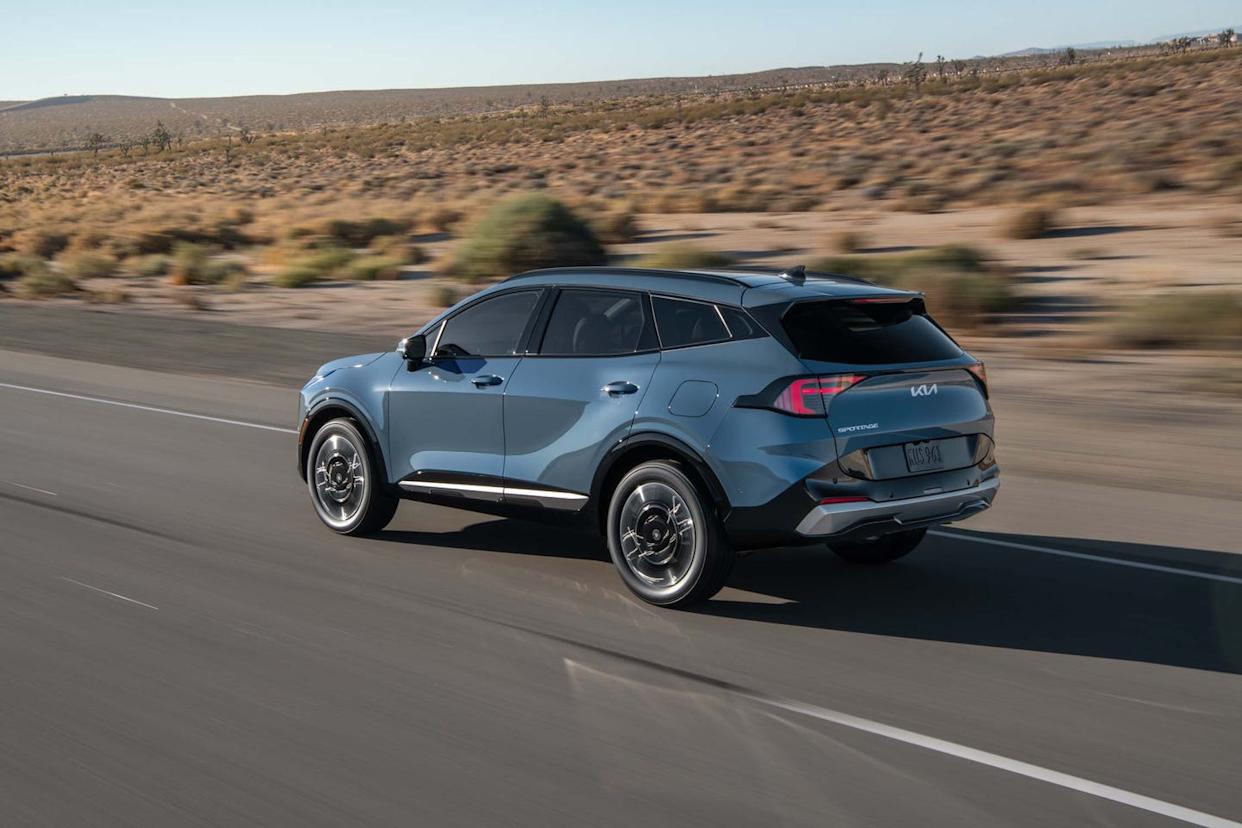
For the last few years, the Kia Sportage has been reaping the benefits of a gamble that paid off. Going bold with a bestseller's styling is always a risky move, but since its space-age redesign for 2023, the Sportage has been selling better than ever. Sometimes it's good to stand out in a crowd, especially one as homogeneous as the current throng of compact SUVs.
Nevertheless, Kia is taking a safer route this time around. The 2026 update brings the Sportage's styling back in line with the rest of the Kia family while enhancing the overall package's appeal with an updated interior, new tech features, and an expanded hybrid lineup.
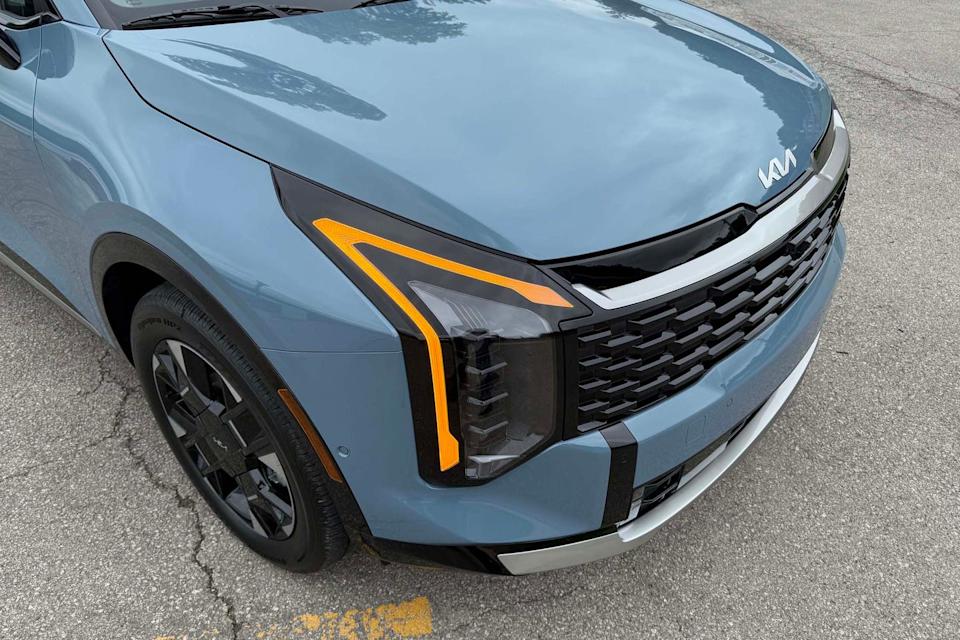
Universal Appeal
The bulk of the Sportage's styling updates are visible front and center, where a more conventional rectangular grille is framed by vertical headlight assemblies that incorporate new inverted-L-shaped amber DRLs. It’s a familiar look in the Kia catalog, with models such as the K4 and the Carnival sporting a similar design. The changes are more subtle in the back, the primary updates being a new LED pattern for the taillights and a less cluttered rear bumper. The sharp new look is still unique in the segment, but the design is not nearly as daring as it was previously.
Inside, a new squared-off two-spoke steering wheel replaces the previous model's round three-spoke unit. It's a little odd, but the new wheel is comfortable to grip at ten and two, and the wheel-mounted buttons can be easily thumbed. One of our biggest complaints about the outgoing Sportage's interior was the liberal use of piano-black trim, which has now been replaced with a textured faux wood that looks nice and won't collect fingerprints as a hobby. While the materials in the cabin are still a cut below premium, everything feels solidly constructed, and the interior's simplified design makes it feel less like a UFO's command center.
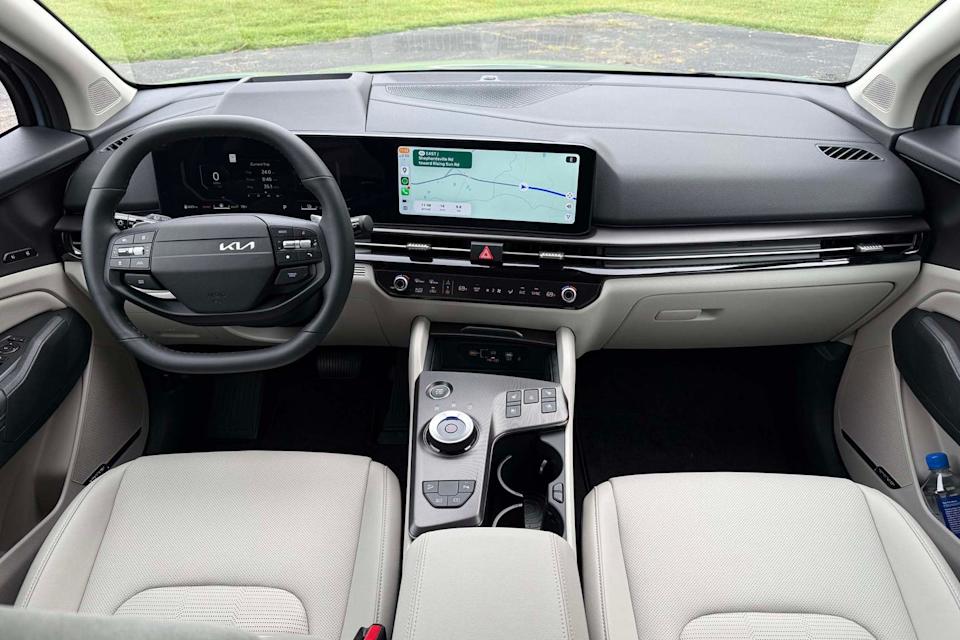
On the infotainment front, the previously optional 12.3-inch touchscreen display now comes standard, and it sits alongside a 12.3-inch digital gauge display. The center touchscreen runs Kia's newest Connected Car Navigation Cockpit software, which is snappier and finally supports wireless Apple CarPlay and Android Auto. Subsequent infotainment software updates can now be downloaded over the air. The dual-function climate- and media-control touchpad persists, and we maintain that having to switch back and forth between the two isn't the most intuitive setup.
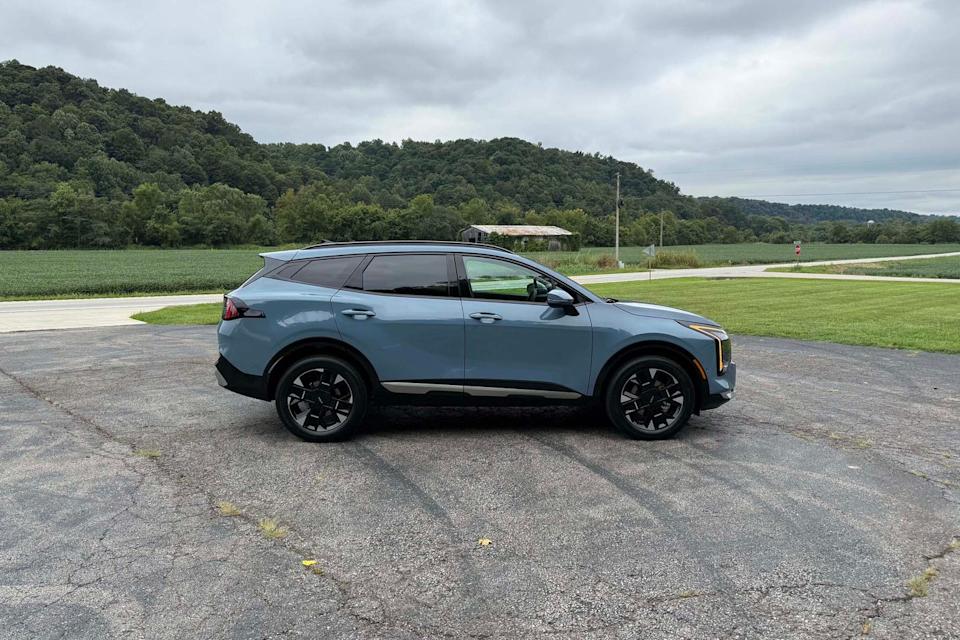
A Smidge More Power and Two New Hybrid Trims
Not much has changed under the hood. We've yet to drive the bookends of the updated lineup: the nonhybrid with a carryover 187-hp 2.5-liter inline four-cylinder engine and the 268-hp plug-in-hybrid version with 34 miles of EPA-estimated EV range. Instead, we only had the opportunity to pilot the regular hybrid Sportage, which still uses a turbocharged 1.6-liter four-cylinder paired with two electric motors and a small lithium-ion battery pack. The hybrid powertrain mates to a six-speed automatic transmission (versus the standard powertrain's eight-speed gearbox). It's the same setup found in the outgoing model, but Kia has massaged a few extra horses out of the primary electric motor for a new combined output of 232 horsepower. We have yet to take the 2026 hybrid to our test track, but we don't expect it to clock a time much faster than the previous model's 7.4-second jog to 60 mph. Expect the nonhybrid to be a couple of seconds slower to that mark, while the plug-in should be a smidge quicker.
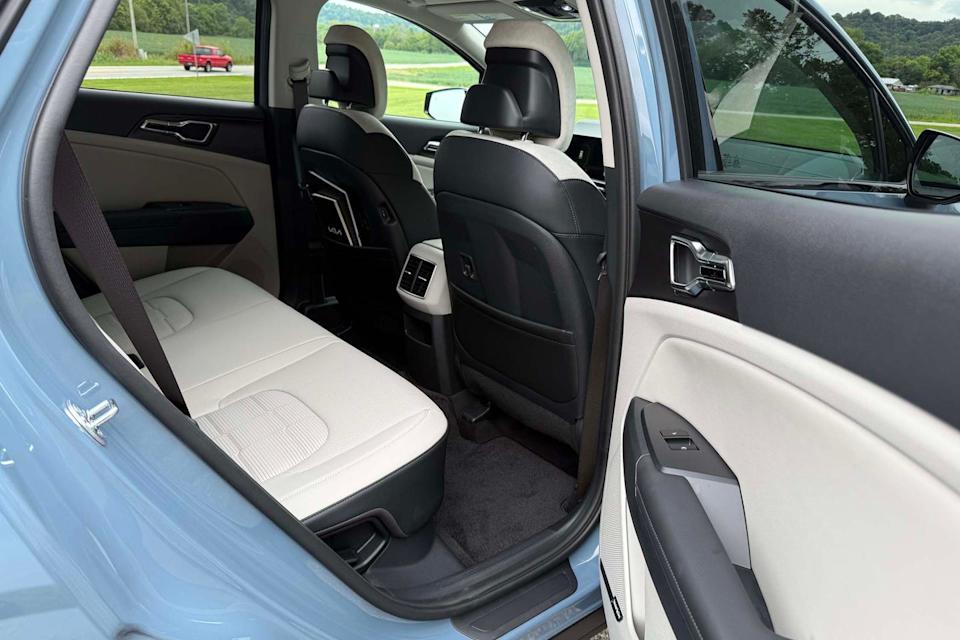
Kia rates the fuel economy of the front-wheel-drive Sportage Hybrid at 41 mpg city, 44 mpg highway, and 42 mpg combined, while the all-wheel-drive version trails a bit with estimates of 35 mpg city, 36 mpg highway, and 35 mpg combined. Those are impressive figures, although the last time we tested an all-wheel-drive Sportage Hybrid, it fell well short of its then-38-mpg EPA highway figure, managing only 31 mpg on our real-world 75-mph fuel-economy loop. Interestingly, the nonhybrid returned the same result in our highway test. We'll see whether the updated hybrid version can do any better.
While the rest of the Sportage lineup remains largely unchanged, the hybrid sees two new trim levels. An S trim now slots in just above the base LX model and adds some worthwhile features, including black 18-inch wheels, heated front seats, black exterior trim, and enhanced safety features such as blind-spot collision warning and rear cross-traffic collision avoidance. The X-Line trim migrates over from the nonhybrid range with a slightly more rugged look courtesy of blacked-out trim, 19-inch black wheels, and angrier front bumper and grille designs. A panoramic sunroof and power liftgate also come standard. Both new trims, along with the other all-wheel-drive hybrids, feature a new Terrain mode with settings for snow, mud, and sand.
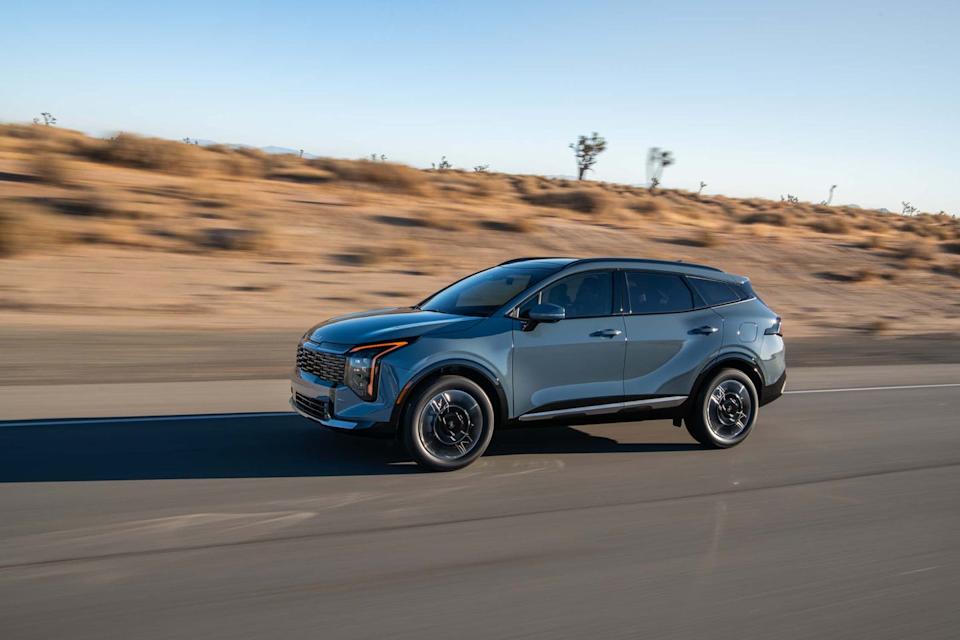
What's It Like to Drive?
It's clear that the Sportage hybrid's primary mission is to provide a comfortable experience behind the wheel, and that's what it delivers. During our drive on the gently winding roads around Louisville, Kentucky, our SX-Prestige model's standout traits were its quiet cabin and agreeable ride. Very little noise seeped in from the road or the engine bay at cruising speeds, and the softly sprung suspension did a good job of filtering out harsh impacts.
Mashing on the accelerator from a stop won't leave anyone breathless, but the immediate burst of torque from the electric motor made initial getaways feel reasonably peppy. The handoff from electric to gas propulsion is almost seamless, with only a minor rumble through the seat giving the transitions away. In Eco mode, the steering-wheel-mounted paddles adjust the strength of the regenerative braking, which is split into four levels of intensity. The system is tuned well, and the blend between friction and regenerative braking is smooth and free of any noticeable jerkiness.
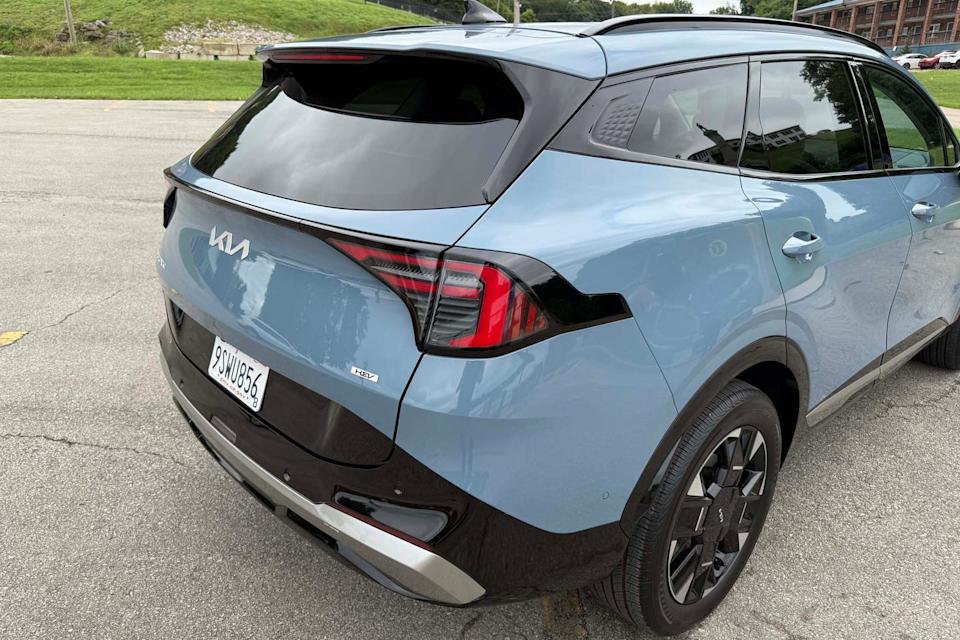
The Sportage hybrid takes a lackadaisical approach to cornering, but its steering feels direct and provides plenty of feedback for a vehicle in its class. Switching to Sport mode adds some weight to the steering and allows for manual shifting with the steering-wheel paddles. Nothing in the Sportage happens in a hurry, including the paddle shifts, and if you're looking for a sportier experience, you're better off in a Mazda CX-50 Hybrid.
A Value Play
We'd argue that the hybrid's fuel-economy advantage and added peppiness from the electric motor justify the $1600 price premium over the nonhybrid Sportage. Those factors also make it a solid deal compared with the plug-in hybrid trims, which open at the top of the lineup at $41,935. Value has been one of the Sportage hybrid's strong suits since its launch, and with a starting price of $31,735, it continues to undercut its main rivals by a healthy margin. In front-wheel-drive LX guise, the Sportage hybrid costs nearly $2000 less than its corporate sibling, the Hyundai Tucson Hybrid, and over $5000 less than a base Honda CR-V Hybrid.
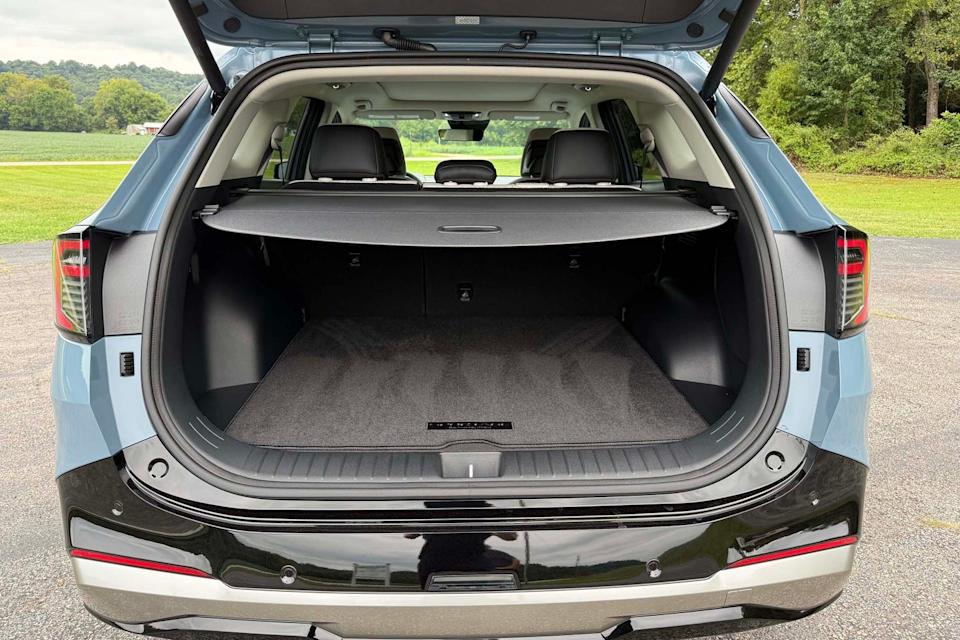
While the safe option is rarely the most exciting, this newest refresh keeps the Sportage contemporary and expands its appeal to a wider audience. The SUV might not be as visually striking as it was before, but with its solid value proposition, updated tech, and expanded hybrid lineup, it doesn't have to rely on looks alone.
You Might Also Like
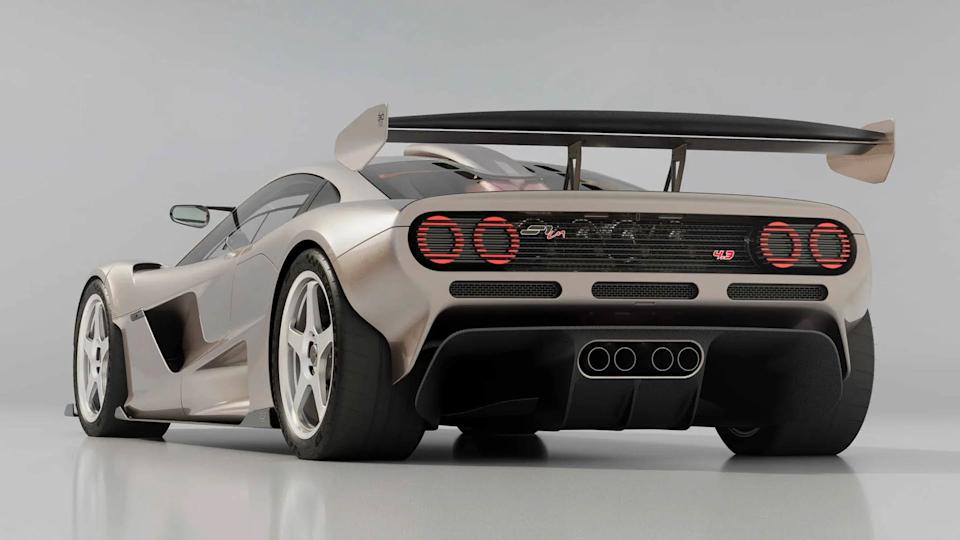

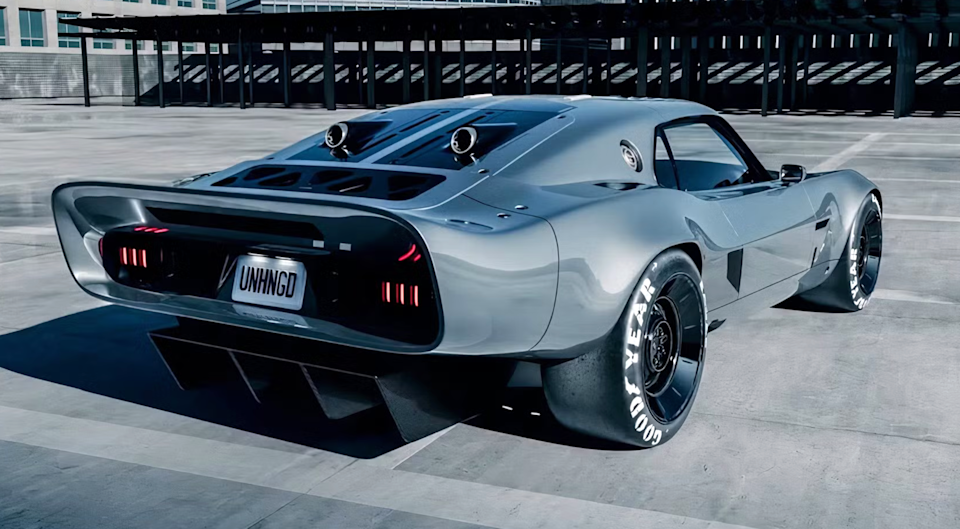

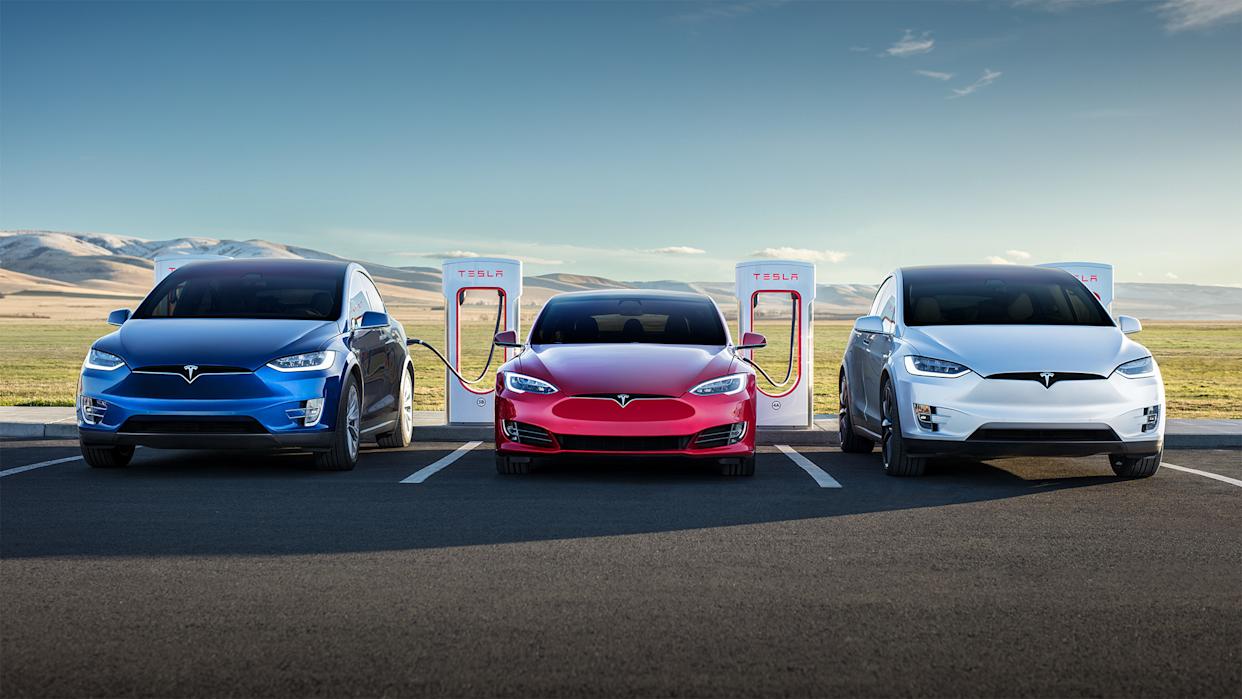

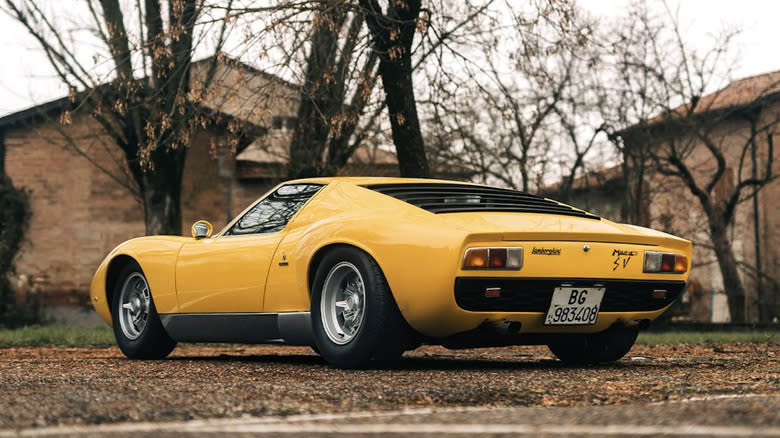

Comments